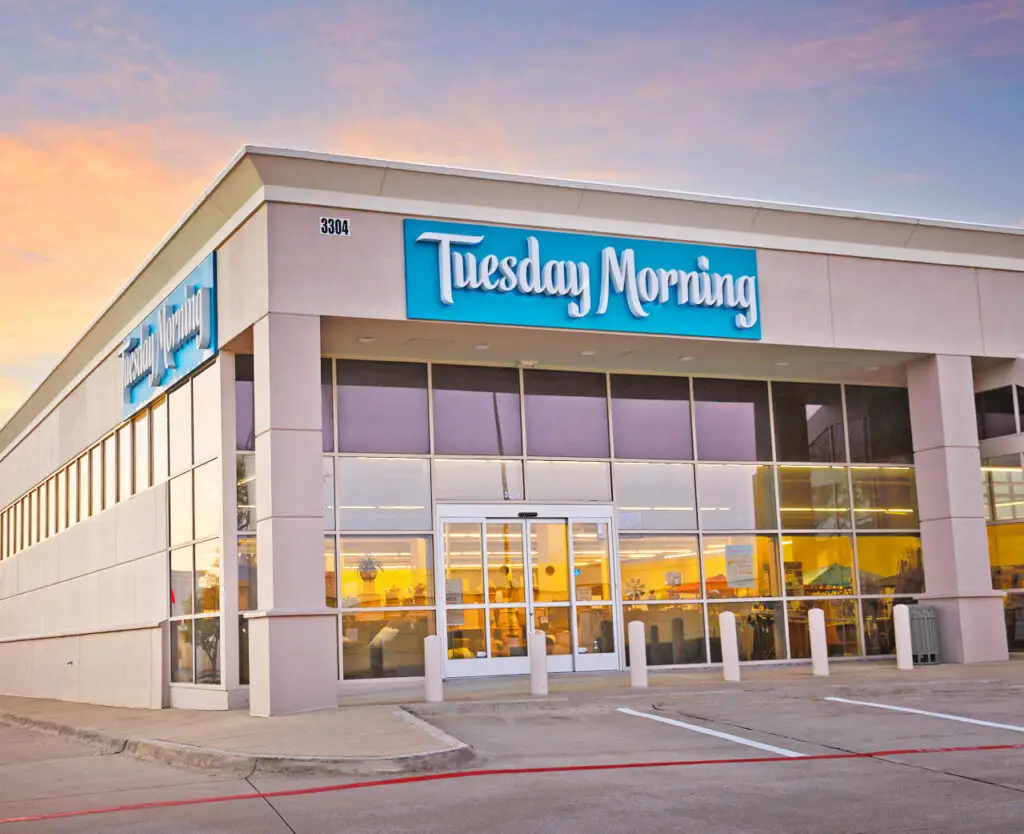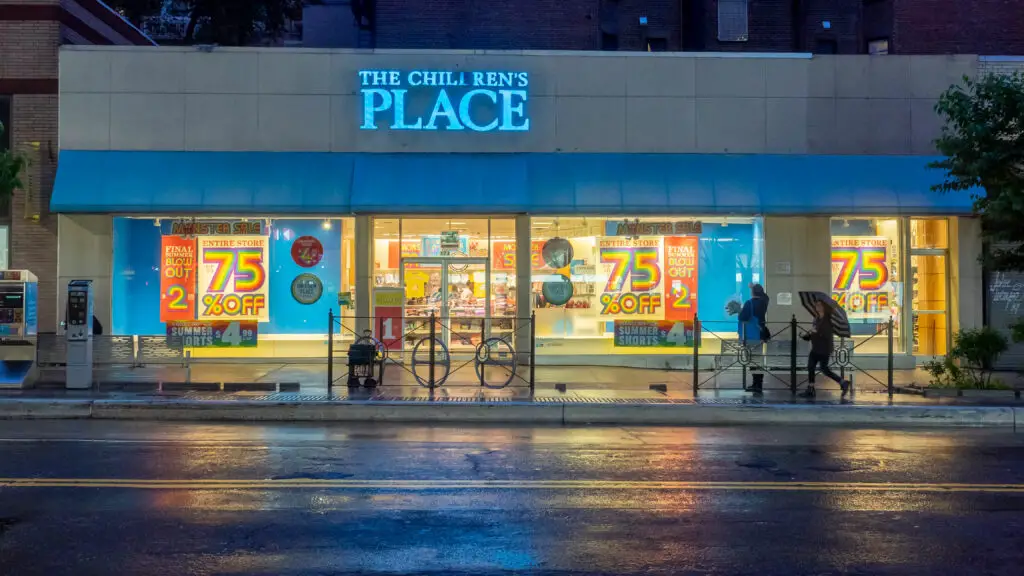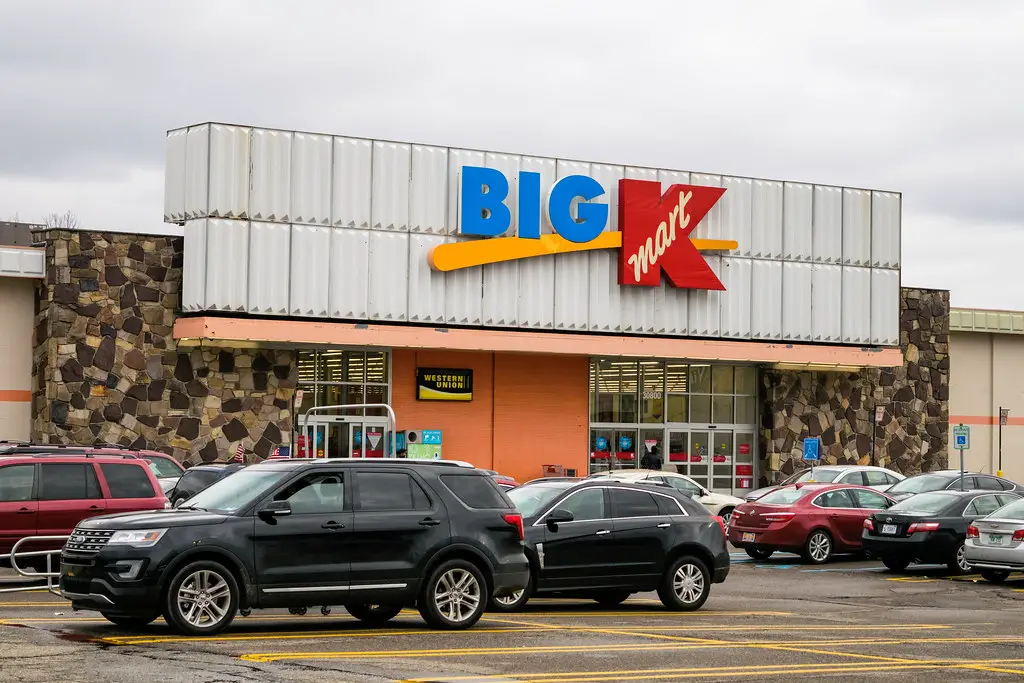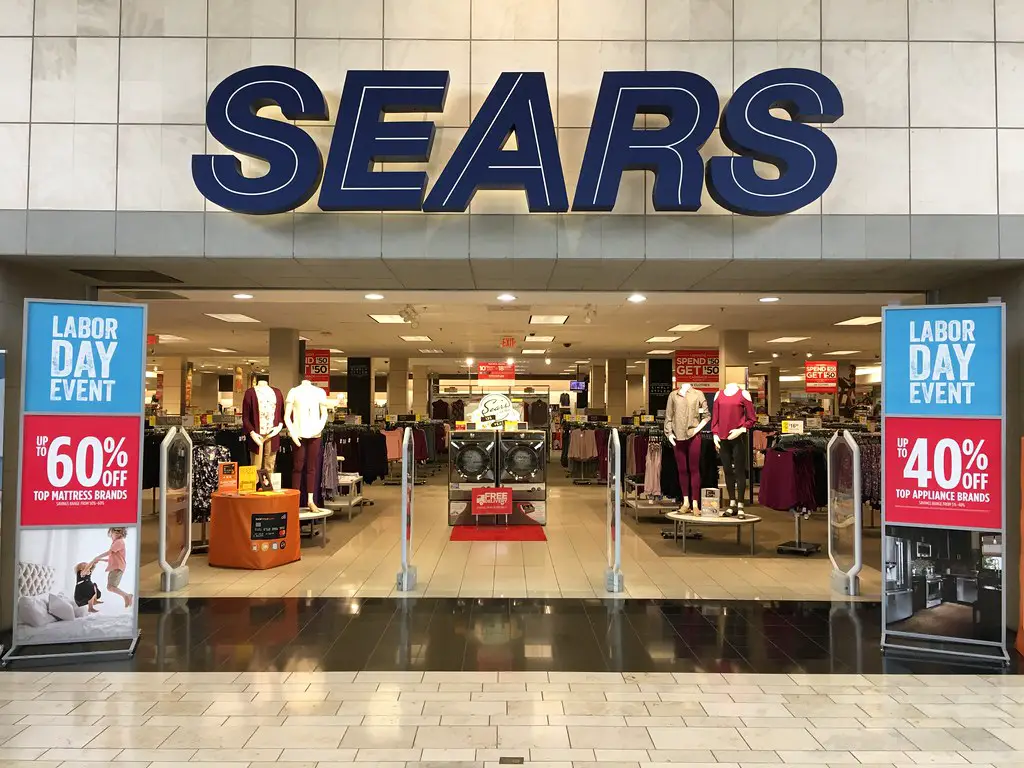1. Macy’s

While Macy’s remains a household name, its dependence on department store sales has left it vulnerable to changing shopping habits. Efforts to modernize its stores and expand into e-commerce have not been enough to offset declining foot traffic. Without a drastic shift, Macy’s could face a steep decline in the coming years.
2. Bed Bath & Beyond

Despite recent attempts to restructure and downsize, Bed Bath & Beyond continues to face financial instability. Declining sales, increased competition from online retailers, and a shrinking customer base have left the chain in a precarious position. If these trends persist, 2025 might mark the end for this home goods giant.
3. Party City

Party City’s struggles have been mounting due to declining demand for party supplies and rising competition from discount and online retailers. The chain has attempted to rebrand and revamp its inventory, but ongoing financial losses remain a significant concern. Without a substantial turnaround, its future beyond 2025 is uncertain.
4. Tuesday Morning

Tuesday Morning has faced challenges in the discount retail market, including bankruptcy filings and store closures. Its inability to compete with larger players like TJ Maxx and HomeGoods has severely impacted its bottom line. Continued struggles in capturing consumer interest could spell the end for this once-popular chain.
5. JCPenney

JCPenney has been teetering on the edge of survival for years, with store closures and declining foot traffic plaguing its recovery efforts. While new ownership has implemented strategic changes, the competition from online retailers and modern department stores continues to erode its market share. The odds of survival beyond 2025 appear slim.
6. The Children’s Place

The Children’s Place has seen significant challenges with declining mall traffic and stiff competition from online children’s clothing retailers. Its efforts to increase online sales haven’t fully offset losses in brick-and-mortar stores. If these struggles persist, the company could be forced to downsize or shutter completely.
7. Office Depot

The office supply industry has been declining for years, and Office Depot remains one of its biggest casualties. The rise of remote work and reduced demand for traditional office supplies have put immense pressure on the chain. Efforts to diversify its offerings may not be enough to ensure survival.
8. GameStop

GameStop’s relevance in the digital gaming era continues to diminish, despite efforts to pivot into other areas like collectibles and NFTs. The company’s volatile stock performance has kept it in the public eye, but financial fundamentals paint a grim picture. Without significant changes, GameStop might not make it to 2025.
9. Kmart

Kmart has been on life support for years, with only a handful of stores still in operation. Its outdated business model and inability to compete with modern retailers have driven customers away. It’s hard to see a viable future for Kmart as it nears complete obsolescence.
10. Rite Aid

Rite Aid is grappling with increased competition from larger pharmacy chains like CVS and Walgreens, coupled with ongoing financial troubles. Store closures and reduced customer loyalty have only exacerbated its challenges. Without a strong turnaround strategy, 2025 might be its final chapter.
11. Sears

Sears has been a shadow of its former self for years, with massive store closures and dwindling sales. Efforts to reinvent the brand have largely failed, leaving the retailer with minimal relevance in the modern shopping landscape. Its long decline could finally come to an end by 2025.
12. Pier 1 Imports

Although Pier 1 Imports has attempted to revive its brand through e-commerce, the results have been underwhelming. Competition from home goods giants and fast-furniture retailers like IKEA has left little room for growth. The chain’s future remains highly uncertain as it struggles to remain profitable.
